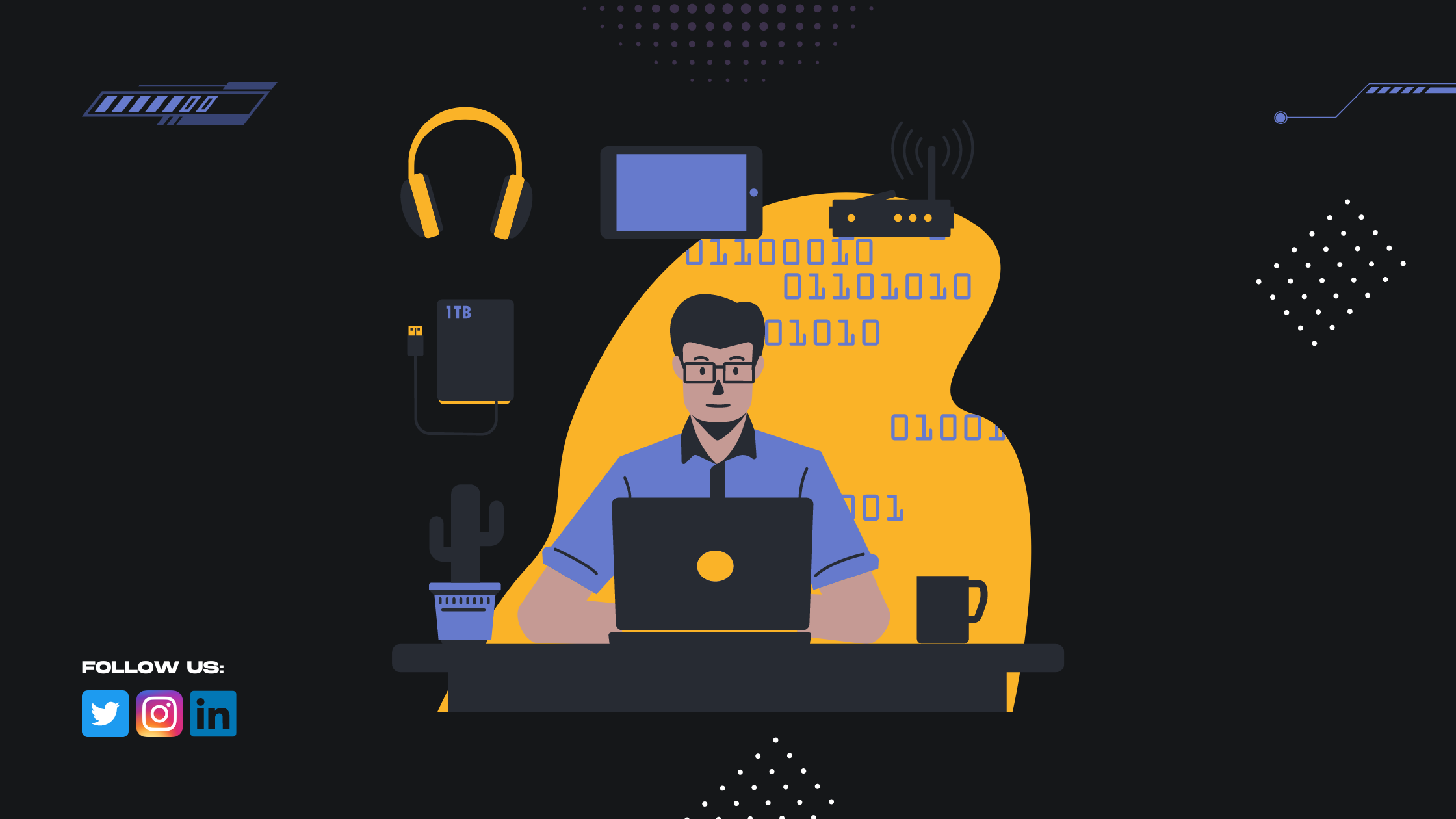Beyond SSH: meet Shellhub for remote access

SSH is one of the most popular remote access protocols, but does it support today's demands? Find out in this article.
Secure Shell (SSH) is one of the main tools for securing remote access to servers and network systems. However, even with numerous advantages, it is always possible to improve and renew what is already good. That's where ShellHub comes in. Promising to introduce new features and improvements to SSH, making it even more secure and easy to use, ShellHub is a modern option for those whose looking for efficiency and practicality. Here, we'll explore how it can help optimize your remote connections, presenting itself as a new option to traditional ssh.
Understanding SSH: The Technology Behind Secure Remote Connections
In the embedded systems world, remote connections are constant and critical tasks. There are several reasons for this: from a simple system check to applying fixes, checking behavior, or even data collection. The Secure Shell Protocol (also known as SSH) comes out as an answer to this problem.
In resume, SSH implementation uses asymmetric cryptography (public and private key) to apply a symmetric key to messages in the conversation. This use ensures secure communication by deleting the key at the end of the session. It also uses hashing algorithms to verify message integrity to ensure there’s nothing broken during connection or altered by unauthorized users.
One of the great strengths of SSH is the freedom of the implementation choices that accept different encryption and hashing methods and algorithms. So, as we can see, SSH has turned remote access feasible.
Let’s see the basic syntax for standard SSH connections.
Example using the basic syntax:
A remote host is an IP or server we want to access. Here, the user is different on the remote system, so it must be specified too.
It is comfortable to connect devices on the local network. We all do this at home. However, when these devices are in another location, things are different. In this scenario, we need an IP address for the network where the device is located. Performing remote access in enterprise environments with thousands of scattered devices and security configurations is complicated and risky.
Tradition renewed: Innovation for the Classic SSH
Now you know the old ssh, it is essential to highlight that even supplying the demand for remote access, this protocol has some limitations that make it obsolete nowadays with thousands of connected devices, virtual machines, and other technologies. Today, one of the main current demands is agility. But to make this possible in a complex area like this, it was necessary to think about ways to make this process scalable, keeping it safe. That was the primary motivation for developing software based on traditional ssh, but that allows you to centralize all these devices in a virtual location, something like a “shell hub.”
In addition to enabling access to machines of any architecture in seconds, without VPN or firewall configuration, ShellHub offers a simple and easy-to-use interface to manage all your devices efficiently.
| You can learn more about ShellHub here.
The ShellHub SSHID
Unlike traditional SSH, ShellHub provides an SSHID for each registered device, making it easier to identify and access.
Above is the SSHID, which identifies the ShellHub-managed device.
So, even without IP data or network permissions, you can access devices in different places in seconds.
Note: ShellHub also allows access via a web interface with an integrated shell.
Besides SSHID, ShellHub provides other features that expand the facilities provided. To meet them, check out the blog post The main benefits of using ShellHub for remote access.
That’s all for now. But to learn more and understand how ShellHub works, don’t miss next week's article. There we'll explain its infrastructure and how ShellHub keeps remote connections safe.
See you soon.
